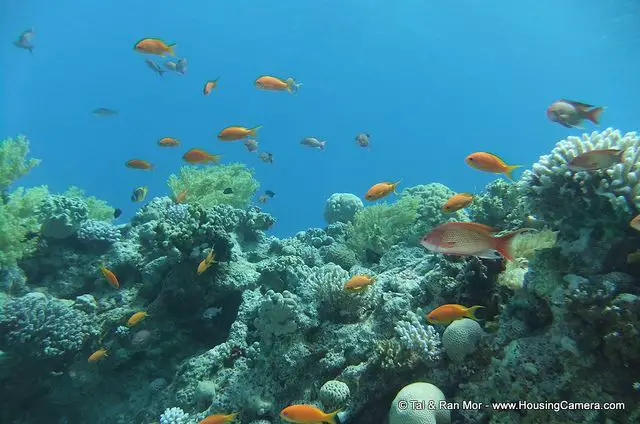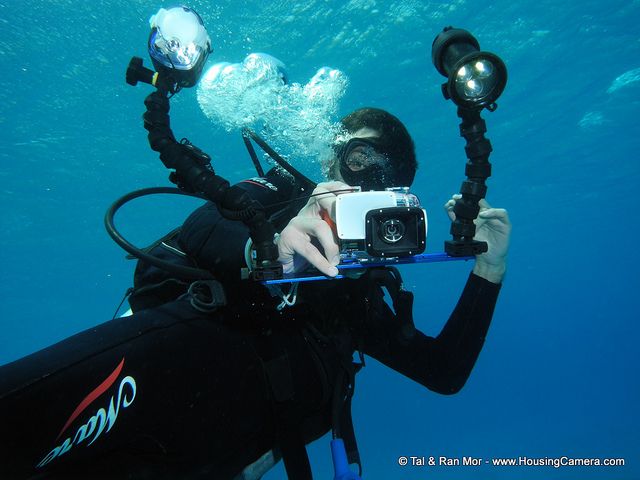Taking photos underwater is a great fun, and it’s also an easy way to get access to novel, interesting subjects. The underwater world really does look completely different, and even if you’re doing nothing more than taking a few snaps in a swimming pool with your friends, it’s easy for photographers to find a fresh perspective. Here are a few tips anyone can use to capture better underwater shots:

- Avoid cheap disposable cameras. Get a waterproof plastic housing for your digital compact instead. You’ll be able to zoom and change settings as normal, and have access to functions that simple disposable cameras just don’t provide.
- Get comfortable on land first. It takes a while to get used to shooting through a plastic housing, and it can feel awkward and clumsy at first. It helps to practice using your underwater camera system on dry land before getting into the water. Make sure you can zoom and switch modes.
- Check batteries and memory before getting into the water. You can’t just swap to spare batteries or switch memory cards underwater, so make sure you’ve got plenty of juice or memory space before you (and the camera housing) get wet.
- Use external light sources.Whether it’s a proper underwater strobe or just a powerful dive flashlight, external lighting can help you bring out textures and shadow effects, and improve the washed-out colors so common in beginner level underwater photographs.A built-in flash can cause backscatter, or white spotting on your images. Light from the flash reflects off small particles floating in the water between you and your subject and comes back towards the lens. Position the flash above the camera or off to one side and the backscatter effect isn’t such a problem, as any reflected light bounces away from the lens.
- Include humans for extra interest. Photos of underwater wildlife are great, but they’re even better if you can capture some kind of human interaction.
- If it’s murky, switch to macro. Sometimes water clarity isn’t as good as a photographer might hope. When water is cloudy or dark, try shooting closeups. You’ll have a better chance of getting a crisp, properly focused shot, and the colors will appear more vivid.
- Safety first! It’s all too easy for photographers to get caught up in what they’re doing. However, you also need to be aware of potential hazards. This goes double when shooting in the sea. Keep an eye out for tides, currents, confined spaces, and other people on surfboards or in boats.










0 comments